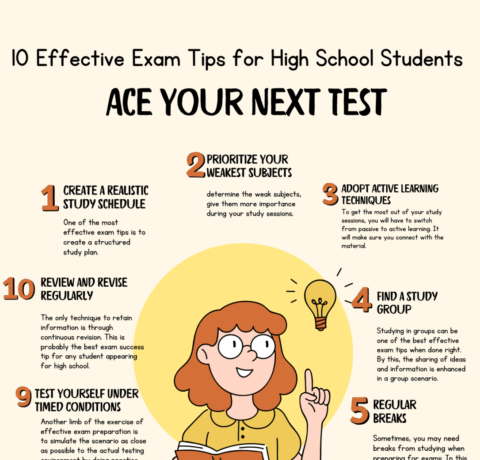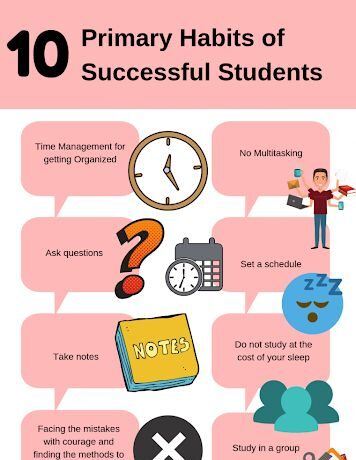Meeting the English Language Learner Challenge Infographic
English Language Learners (ELLs) are the fastest-growing segment of the K12 population. They are also one of the lowest academically performing groups of students, with an achievement gap that widens as students’ progress through school. ELLs can succeed when parents, teachers, administrators, and communities encourage and support their students’ language learning.
The Meeting the English Language Learner Challenge Infographic is all about ELL education in 2017. Who are these students? What skills are they entering our schools with? What challenges do they face? And finally, how can we help them succeed?
Who are the American ELLs?
ELLs make up 10 percent of today’s public school enrollment, with that number projected to increase to 25 percent within a decade. Project even further and the ELL population may make up close to one half of our public schools. Some states are feeling the effects more acutely, but every state in the union is seeing their ELL numbers grow at unprecedented rates. Not surprisingly, Spanish-speakers make up more than three-quarters of the ELL population – but other, more unexpected languages such as French are also present.
ELLs’ existing skills can vary, from those who are accomplished conversationally in English but need help with academic language to those who are recent immigrants and have little to no existing English skills. It’s important to support students at all proficiencies, even at the higher levels. Otherwise you risk them backsliding or coasting on their existing skills.
Much of the pressure on English Language Learners comes from outside the gates of the school. Two-thirds come from challenging low-income, low-education households. Students are under more pressure to help the family financially, partially explaining why ELLs are 4 times as likely to drop out of high school.
What can be done?
First, because of the ELL population’s rapid growth, there is a need for many more teachers in many more subject areas to be trained in language strategies. Having a few ELL specialists at a school is no longer adequate considering the current trend to mainstream these students as soon as possible.
Language instruction can be targeted to particular careers or college readiness, depending on the student’s future goals. Because of this aforementioned pressure to contribute to their family’s finances, many ELL students understand that college will have to wait. Preparing them for a job after high school can help stem the attrition rate.
Technology can support these goals and more, allowing teachers to supplement in-class instruction while providing a more differentiated approach tailored to each student’s needs. Because older ELLs work or have other commitments outside of school, the ability to learn anywhere at any time can make a considerable difference.







You can adjust your cookie preferences here.